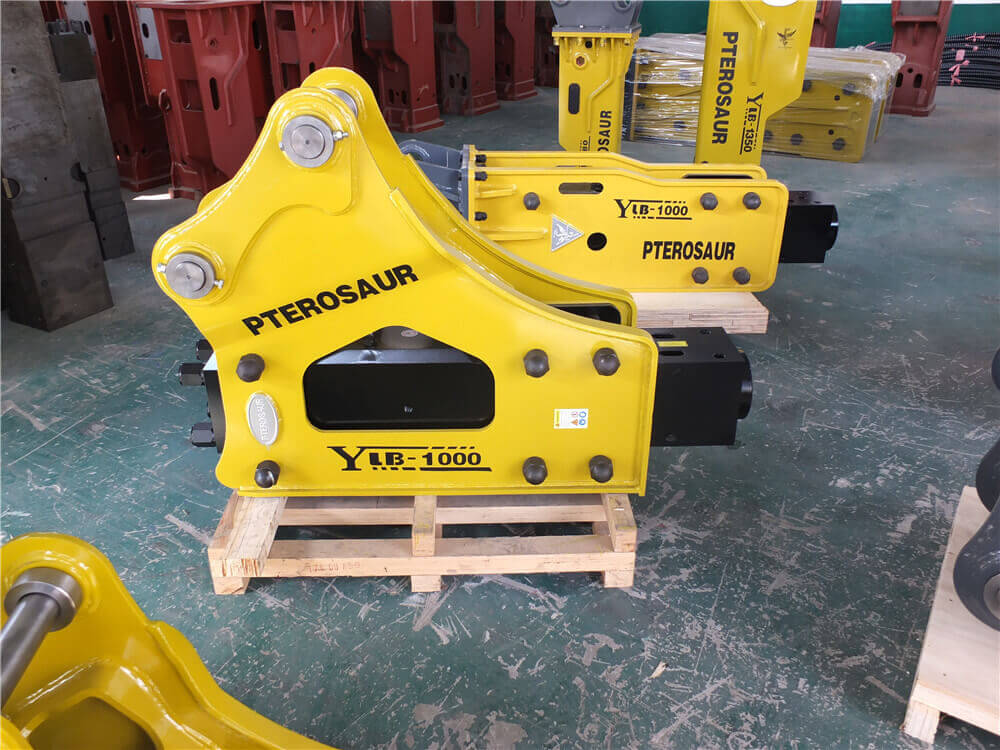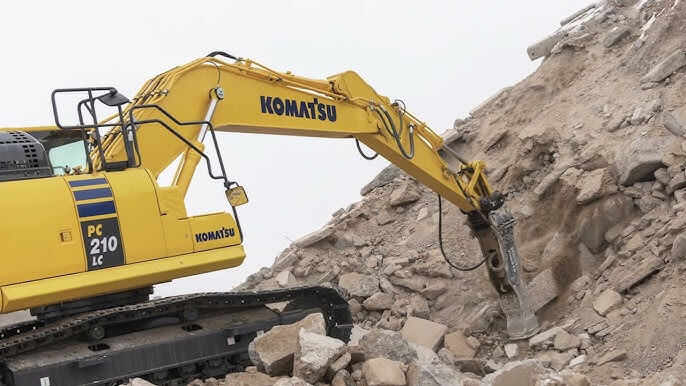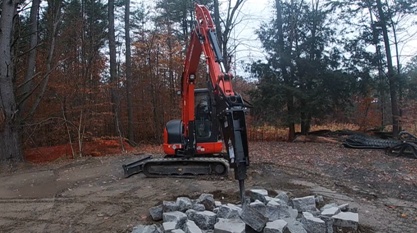Understanding Demolition Breakers: The Essential Tools for Heavy-Duty Projects
Demolition breakers, often referred to as demolition hammers, are powerful tools designed to tackle tough demolition jobs, making them a staple in construction and renovation projects. These tools are essential for breaking down concrete, masonry, and other hard materials, ensuring efficiency and effectiveness in heavy-duty work. In this article, we will explore the various types of demolition breakers available, their features, and their applications.
Types of Demolition Breakers
1. SDS Max Breakers
One of the most popular types of demolition hammers is the SDS Max breaker. For instance, the Makita HM0870C is a 5.3kg electric demolition hammer that operates at 110V. It offers a cable length of 4 meters, making it suitable for a range of demolition tasks. This model exemplifies the reliability and performance expected from high-quality demolition hammers.
2. Hydraulic Breakers
Hydraulic breakers are another category, often used for their powerful impact and efficiency. These tools, like those offered by Promove, are designed for extensive demolition projects and are commonly used in conjunction with excavators. They include a variety of attachments such as crushers and pulverizers, enhancing their versatility.
3. Heavy-Duty Electric Breakers
Tools like the Scheppach AB1900 feature a high impact force of 60 joules, making them ideal for heavy-duty demolition tasks. These electric breakers are equipped with hexagonal tool holders for secure bit attachment, ensuring stability during operation.
Key Features of Demolition Breakers
When selecting a demolition hammer, consider the following features:
- Impact Power: Measured in joules, higher impact power translates to better performance in breaking through tough materials.
- Weight: The weight of the tool affects its portability and ease of use. Lighter models are easier to handle, while heavier models often provide more power.
- Type of Chuck: SDS chucks (like SDS Max or SDS Plus) allow quick bit changes and secure fittings, making them user-friendly.
- Cable Length: A longer cable length can provide more mobility on job sites without the need for extension cords.
Safety Considerations
Operating demolition breakers requires adherence to safety protocols. Electric tools can create sparks that ignite dust or vapors, so it’s vital to keep children and bystanders away during operation. Wearing appropriate personal protective equipment (PPE) such as gloves, goggles, and ear protection is also essential to ensure safety on the job.
Conclusion
Demolition breakers are indispensable for any construction or renovation project that involves breaking down hard materials. With a variety of options available, from electric hammers like the Makita HM0870C to hydraulic breakers from Promove, choosing the right tool depends on the specific demands of the job. Always prioritize safety and efficiency when working with these powerful machines, and consider the features that best suit your needs to maximize productivity and performance. Whether you’re a professional contractor or a DIY enthusiast, understanding these tools will help you make informed decisions for your demolition projects.





































